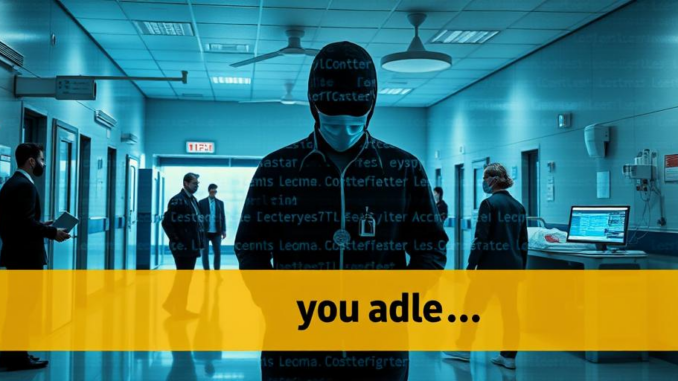
Summary
The 2023 cyberattack on Hospital Sisters Health System (HSHS), a Catholic hospital chain, affected almost 900,000 individuals. The attack compromised sensitive data, including medical records, Social Security numbers, and financial information. The incident highlights the vulnerability of healthcare systems to cyber threats and the devastating consequences for patients.
Keep your data secure with TrueNASs self-healing and high-availability technology.
Main Story
So, you heard about the Hospital Sisters Health System (HSHS) breach, right? It’s a stark reminder of the cyber risks we face in healthcare. HSHS, a pretty big network of Catholic hospitals and clinics mainly in Illinois and Wisconsin, got hit hard back in 2023. And when I say hard, I mean almost 900,000 people had their personal and health information compromised.
At first, back in October 2023, they thought the damage was way smaller, and that’s what they told the Department of Health and Human Services. Then, bam! Early 2025 rolls around, and they file a report with Maine’s attorney general – suddenly the true scale of the disaster comes to light, nearly a million folks affected. It really makes you wonder, doesn’t it, about the challenges of accurately assessing these things in the heat of the moment?
They figured out on August 27, 2023, that someone unauthorized had gotten into their system. I mean, can you imagine the chaos? IT systems were down for days. Between August 16th and 27th, the attackers had free rein; able to grab all sorts of data including names, addresses, birthdates, medical records, even Social Security numbers and driver’s license info. A real treasure trove for identity thieves, wouldn’t you say?
And of course, HSHS went into damage control mode immediately. They launched an internal investigation, hired a forensic security firm, and got the law involved. They also worked to patch things up and stop any further unauthorized access, of course, notifying those affected as they worked through the mess.
Now, here’s where it gets really interesting. HSHS claimed they had “no reason to believe” the stolen data was misused. But, that said, lawsuits started piling up. Some people were even claiming they were getting spammed with robocalls demanding payment, pretending to be from HSHS. The system actually had to warn patients to be cautious about suspicious calls from unknown parties. Kind of makes you wonder, doesn’t it?
This whole mess highlights a few key things. For one, it shows how massive these data breaches can be, especially when healthcare systems are so interconnected. Plus, the time it took to realize the true number of victims just shows how complex it is to figure out the full scope of these attacks. And all that compromised data? Medical records, financial information… the potential for fraud is huge.
Think about it. This HSHS situation is a real wake-up call. It really drives home the need for strong cybersecurity – proactive threat detection, quick incident response, and training so employees don’t accidentally open the door to attackers. It also shows how crucial it is to be upfront and communicate clearly with people when a breach happens. Because, honestly, the legal and PR hit that HSHS took… it’s no joke. As of mid-February 2025, the dust hadn’t even settled yet, and the full story’s still unfolding.


“No reason to believe” the data was misused? That’s like saying a burglar “has no reason to believe” your TV is entertaining! Seriously though, these interconnected systems are a hacker’s playground. Maybe we should start training doctors in cybersecurity – Dr. Firewall has a nice ring to it.